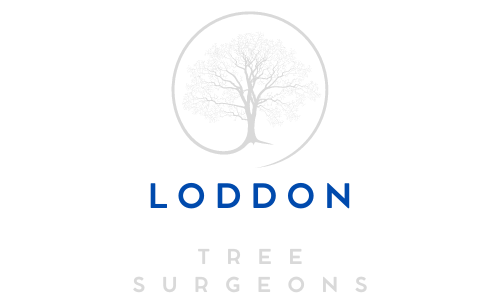Pruning for Safety: Removing Hazardous Branches
Introduction: Safety should always be a top priority for tree care. Trees provide numerous benefits to our environment but can also pose risks if improperly maintained. One essential aspect of tree maintenance is pruning for safety, specifically removing hazardous branches. This blog post will explore the importance of identifying and addressing these potentially dangerous limbs.
Identifying Hazardous Branches: Before you start pruning for safety, it’s crucial to identify which branches are hazardous. Here are some signs to look for:
- Dead or Dying Branches: These branches are not only unsightly but can also fall unexpectedly, posing a threat to people, property, and other parts of the tree.
- Cracked or Split Branches: Branches with visible cracks or splits may break during strong winds or heavy snow, causing significant damage.
- Weakly Attached Branches: Branches with narrow angles of attachment to the main trunk are more likely to break. These “V-shaped” junctions are less stable than branches with wider angles (“U-shaped”).
- Overhanging or Encroaching Branches: Branches that extend over structures, walkways, or roadways can become hazards if they break or fall.
- Diseased or Infested Branches: Branches affected by diseases or pests can weaken over time, making them prone to failure.
The Pruning Process: Once you’ve identified hazardous branches, it’s time to prune them. Here’s a step-by-step guide:
- Safety First: Always prioritise safety. Wear appropriate protective gear, including a helmet, safety glasses, and gloves.
- Use the Right Tools: Ensure your pruning tools are sharp and in good condition. Common tools for this task include pruning shears, loppers, and a pruning saw.
- Start from the Bottom: Remove the lowest hazardous branches and work your way up the tree. This minimises the risk of injury from falling debris.
- Make Proper Cuts: When removing a branch, make clean cuts just outside the branch collar (the swollen area where the branch meets the trunk). Avoid leaving stubs, as they can invite disease.
- Dispose of Debris Safely: Gather and dispose of the debris properly after pruning. Do not leave branches or limbs lying around, as they can still pose risks.
- Regular Inspection: Regularly inspect your trees for new hazards. Trees change over time, and once stable, branches may become hazardous.
Consult a Professional: While you can handle some pruning for safety on your own, it’s essential to recognise when a situation requires the expertise of a certified arborist. A professional should evaluate trees near power lines or structures, very tall trees, or those with extensive safety concerns.
Conclusion: Pruning for safety is a crucial aspect of responsible tree ownership. By promptly identifying and addressing hazardous branches, you can enjoy the benefits of trees on your property while minimising the risks they may pose to people and structures. Remember that safety should always come first when working with trees, and when in doubt, consult a professional tree surgeon or arborist to ensure the job is done safely and effectively.
Call us on: 01508 505 537
Click here to find out more about Loddon Tree Surgeons
Click here to complete our contact form and see how we can help with your tree’s needs.

